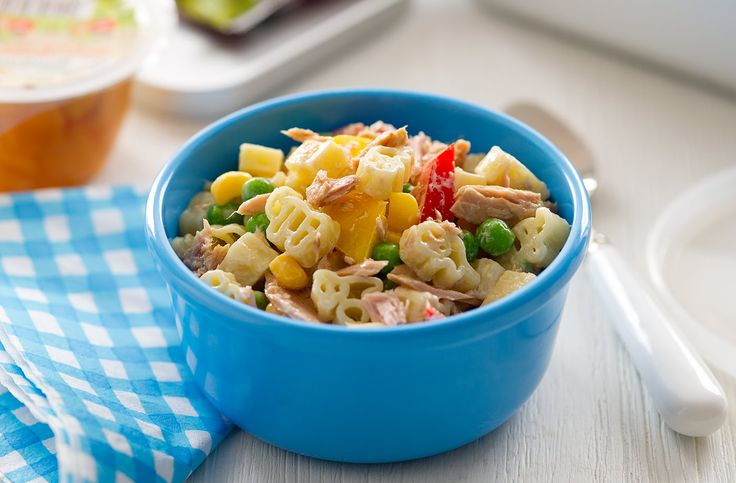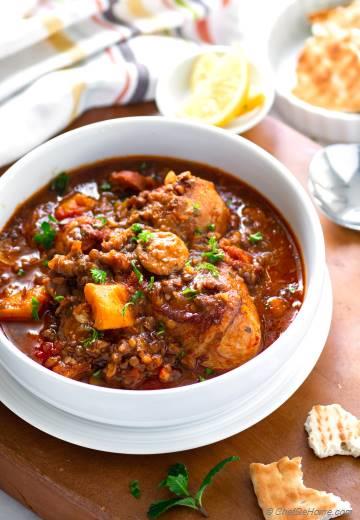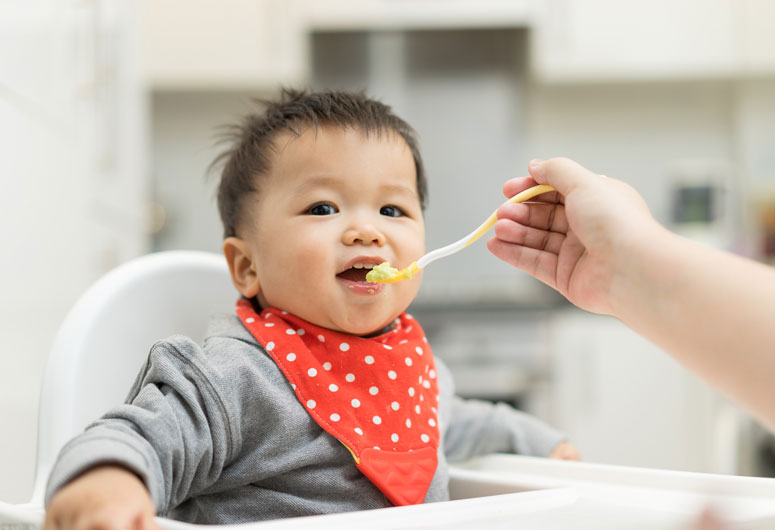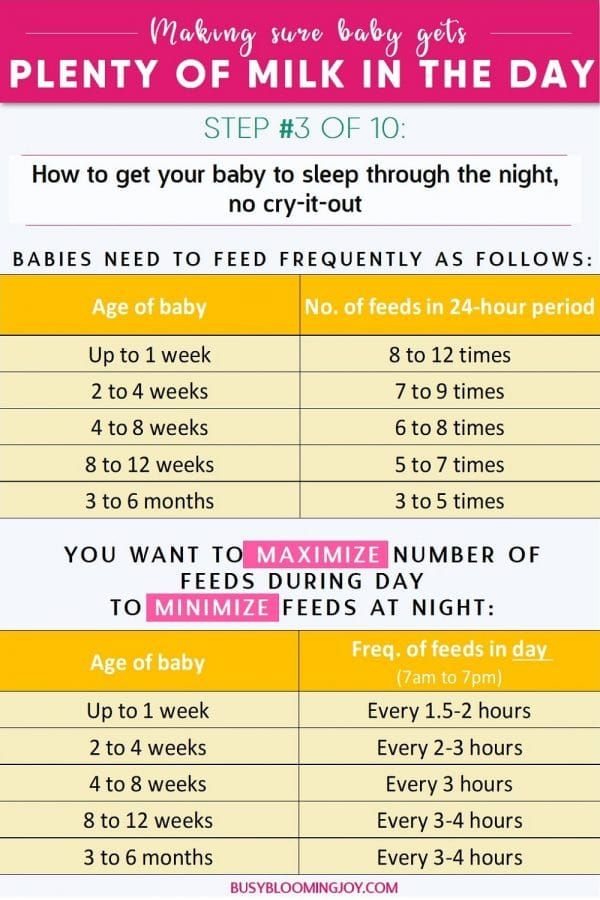Dog treats baby food cream of wheat
Make 500 Homemade Dog Training Treats {In Just Minutes}
Are you looking for an easy-to-make dog training treat that will make your dog sit up and take notice? I just created over 500 baby food treats that literally took just minutes to prepare–and just one baking sheet. This recipe for homemade dog training treats is inexpensive and easy so get your training treat bag ready!
This post includes affiliate links.
Table of Contents
What You Need to Make These Homemade Dog Training Treats
First I purchased a set of pyramid baking sheets. I recently learned about these mats…and I think they’re going to be my new favorite tool for baking dog training treats!
You may have seen these silicone baking mats for use with chicken or other meats; you put the meat on top of the pyramids so the juices drain away from the meat, making it crisper.
Well, if you FLIP OVER the baking mat, the back side reveals hundreds of inverted pyramids, perfect for forming training treats!
The recipe is super easy — instead of meat, you’ll be purchasing three jars of baby food. I used beef but you can also opt for other varieties such as chicken, turkey or ham depending on your dog’s preferences.
In buying your baby food, check the jar to make sure it does not include onion powder.
Along with jars of baby food, you’ll need Cream of Wheat (original):
You’ll also need a metal baking sheet; I also lined it with parchment paper to make cleanup easy.
Easy Dog Training Treats Recipe
Go ahead and preheat your oven to 350 degrees F.
Now it’s a simple matter of mixing the baby food with 1/4 cup of cream of wheat. A quarter-cup is two of the individual serving packages:
Put the cream of wheat in a mixing bowl then add the baby food from the three jars:
Next, add one baby food jar filled with water (1/2 cup)–or use homemade broth, if you like.
Stir to mix everything completely…then it’s time to start filling the tiny holes of the baking mat.
First, dump the mixture in the center of the mat.
Next, use a spatula or kitchen scraper/chopper to spread the mixture across the many, many holes of the baking mat:
Think of it like grouting tile…you want to push the mixture into the spaces but you want to scrape the mixture off of the raised areas so your treats will come out of the tray separately when you’re done.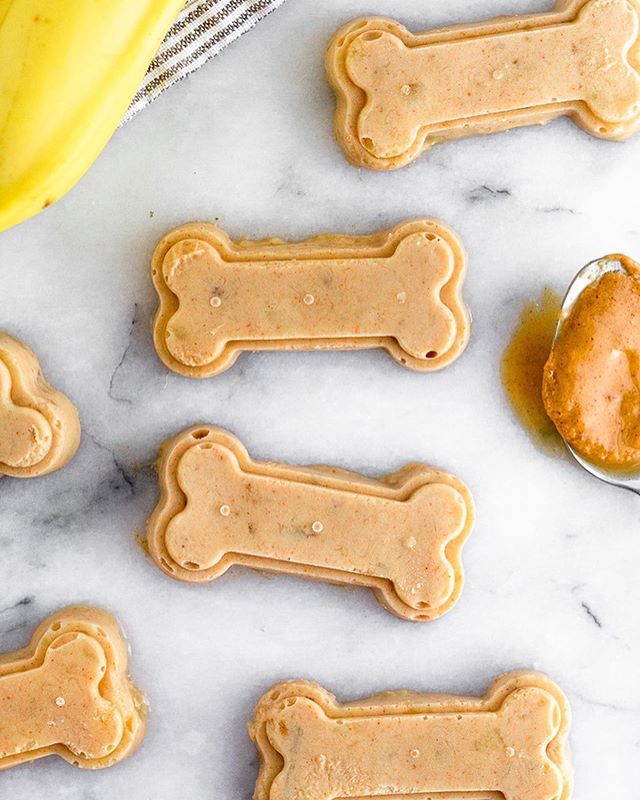
If you miss some batter and some treats come out joined together, it’s not a problem; you’ll be able to break these apart easily.
Once I filled the baking mat, I still had a little dough left over; I made a few larger drop cookies on the edge of the baking sheet:
Bake the Treats
Now it’s time to bake! Add the tray to your preheated oven for 25 minutes:
After 25 minutes, turn off the oven. Take out the baking sheet and pop out your training treats, dumping them onto the parchment paper.
If you have time, return the baking sheet to the now OFF oven, leaving the oven door cracked for about an hour. This will help dry out your treats to a crispier crunch.
How Long Can You Store the Treats?
Once the treats are cooled, bag them and store at room temperature for the day, refrigerate for four days or freeze.
Barli gives them a big paws up!
Tiny training treats that will have your dogs sit up and take notice!
Ingredients
- 3 jars beef baby food
- 1/4 cup Cream of Wheat (2 packets)
- ½ cup water or broth
Instructions
- Preheat oven to 350 degrees F.

- Combine ingredients in bowl and mix well.
- Pour batter onto back side of pyramid baking mat. Use spatula to scrape batter into Bake for 25 min. until brown.
- Cool on wire racks then refrigerate treats for up to four days or freeze.
Pin it to remember how to make baby food training treats!
| ||||||||||||||||||||||||||||||||
| | ||||||||||||||||||||||||||||||||
Semolina porridge in the baby's diet: is it needed
More than one generation has grown up on semolina. But more and more ready-made "canned" food for babies is now appearing on store shelves, many products have become more accessible to consumers - the crumbs menu can be made useful and varied. And there is a lot of controversy about the need to introduce semolina porridge into the children's diet - both among doctors and among mothers. Why, after so many years of being on our tables, did this dish not please?
Baby food: why is semolina useful?
Semolina porridge is especially valued for its delicate texture - a great option for children who cannot yet chew "adult" food.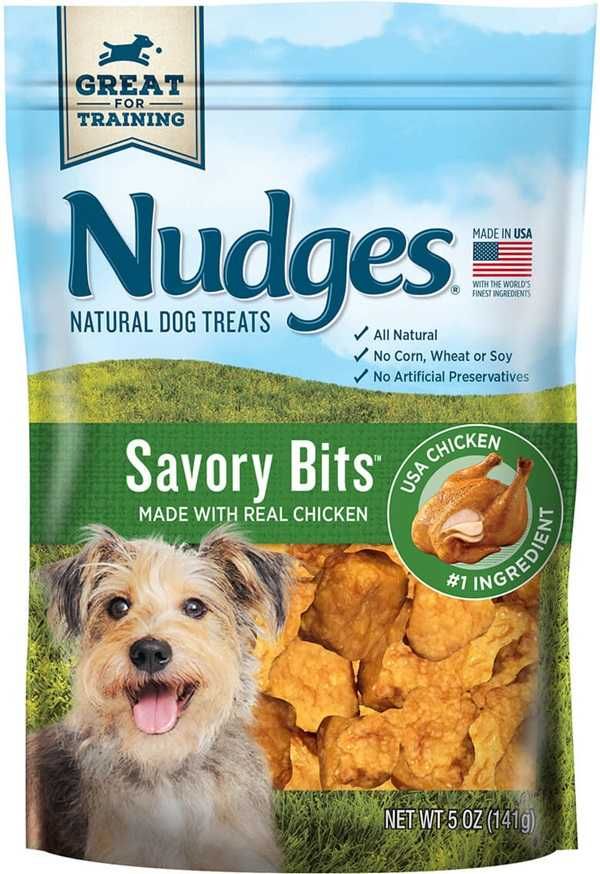 At the same time, it does not load the fragile digestive system of the baby - it is well digested, does not irritate the walls of the intestines and stomach, and quickly provides saturation.
At the same time, it does not load the fragile digestive system of the baby - it is well digested, does not irritate the walls of the intestines and stomach, and quickly provides saturation.
Semolina is a cereal that is obtained from ground wheat. It contains useful substances necessary for the normal functioning of the child's body - vegetable protein, a set of trace elements (potassium, magnesium, iron, phosphorus), vitamins B9, E and PP. The presence of a large amount of starch in the finished dish makes semolina indispensable for exhaustion and insufficient weight gain of the child. It is often recommended to include it in the menu for young patients with diseases of the gastrointestinal tract and kidneys.
It would seem that semolina in baby food is only beneficial. But where, then, did all the controversy about its potential harm to a small organism come from?
How can semolina porridge be harmful to a baby?
Many experts consider semolina porridge the most useless of all that are included in the children's diet. And this can be easily justified if we consider the process of making cereals.
And this can be easily justified if we consider the process of making cereals.
The fact is that during the production process, ground wheat loses the germ and most of the shell. This means that a significant amount of useful substances “disappears”. Almost 70% of semolina consists of starch, and therefore, it has a low nutritional value - it is better to include more wholesome food in the diet of young children. Now consider the protein that is in semolina. It is not as useful for the baby as the proteins contained in other cereals - it does not contain a complete set of essential amino acids. But for the full growth and development of the child, they must certainly be present in the baby's menu.
Many experts believe that semolina, in addition to weight gain, will not bring crumbs to the body - only calories and that's it! Controversial opinions about its inclusion in the child's diet also arise due to the content of certain substances in cereals:
- Fitin
It is an organophosphorus compound found in the shells of grains.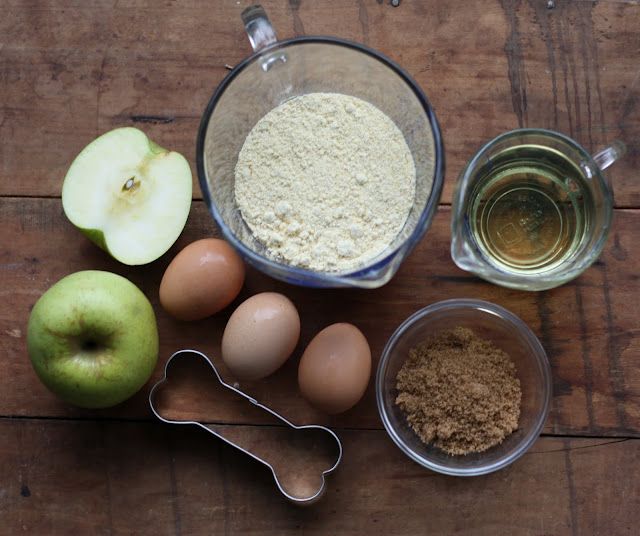 It is also found in wheat. Note that phytin was used to make drugs designed to treat rickets and strengthen bones, but now they are not produced. Fitin in small quantities is necessary for a person, but its excess removes minerals (iron, calcium) from the body - they do not have time to be absorbed! It turns out that the frequent addition of semolina to the children's menu can deprive the growing body of nutrients.
It is also found in wheat. Note that phytin was used to make drugs designed to treat rickets and strengthen bones, but now they are not produced. Fitin in small quantities is necessary for a person, but its excess removes minerals (iron, calcium) from the body - they do not have time to be absorbed! It turns out that the frequent addition of semolina to the children's menu can deprive the growing body of nutrients.
In defense of semolina, we note that there is not so much phytin in it - after all, this substance is mainly found in grain shells, and they are almost completely removed during production. This means that the presence of phytin in semolina cannot become a reason for the complete "elimination" of porridge from the baby's diet.
By the way, there is a great way to "neutralize" fitin - the amount of the substance is reduced under the influence of fruit acids. Why not add fruit to the finished dish - both tasty and healthy!
- Gluten
These are reserve proteins present in all cereals.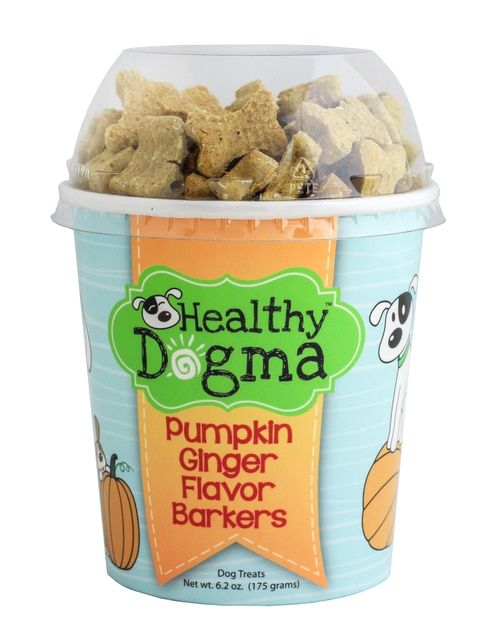 Many of them are quite safe and useful for a growing organism. But one of the reserve proteins - gliadin - can carry a potential hazard to the health of the baby.
Many of them are quite safe and useful for a growing organism. But one of the reserve proteins - gliadin - can carry a potential hazard to the health of the baby.
The fact is that in some people the body produces very little or no enzymes that digest gluten. And in this case, the frequent presence of gluten-containing foods in the diet can cause celiac disease (celiac disease) - malabsorption of nutrients in the intestines. In addition, even if there are enough enzymes in the baby's body, there are frequent cases of allergic reactions to gluten in the form of skin rashes.
If a baby is diagnosed with celiac disease, his diet should be strictly controlled - foods with potentially dangerous proteins in the composition are not allowed on the menu!
When and how to give semolina to children?
Lure with semolina porridge do not start! It contains gluten, which can cause allergic reactions. In addition, food with such a high content of starch will be too "heavy" for the baby's fragile digestive system. It will be better if the baby tries it for the first time after a year. An earlier introduction of semolina to the child’s menu is also possible - but only on condition that he is not gaining weight well, and only on the advice of a doctor.
It will be better if the baby tries it for the first time after a year. An earlier introduction of semolina to the child’s menu is also possible - but only on condition that he is not gaining weight well, and only on the advice of a doctor.
Introduce semolina porridge into the baby's menu gradually, starting with the minimum portions - so you make sure that it does not cause allergies in the child. For the first time, 1 tsp is enough. semolina cooked in water. In 2-3 weeks, bring the volume of the dish to normal portions.
Until the child is 3 years old, the amount of semolina offered to him should be controlled - do not offer it too often to the baby. Until this age, include semolina in the children's diet no more than 2 times a week. Alternate it with other cereals.
Semolina porridge in children's diet: how to cook?
Semolina porridge is cooked both in water and in milk. In the second case, the dish will be more nutritious. But there is no need to add sugar to it at all! If the baby asks, you can “sweeten” semolina by adding a little honey to it.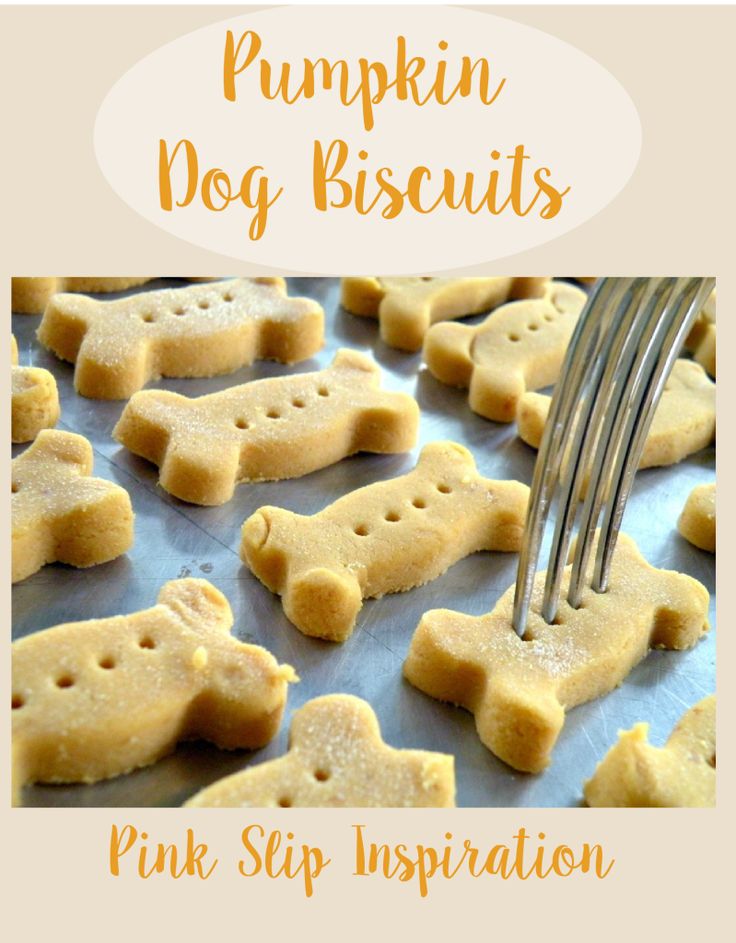 And do not forget about the benefits of fruits - "spice" porridge with them.
And do not forget about the benefits of fruits - "spice" porridge with them.
Not everyone knows how to cook semolina - it turns out either too liquid or too thick. Not surprisingly, children often refuse such a "treat". To make porridge tasty, follow the following technology for its preparation:
- Boil 100 ml of water.
- Pour 2 tbsp. l. decoys.
- Let the porridge boil. Add another 100 ml of hot milk to it - again wait until the porridge starts to boil.
- Simmer the porridge over low heat for 7-10 minutes. And if the child prefers thick porridge, increase the cooking time to 12-15 minutes. To get a dish without lumps, constantly stir it!
- At the very end of cooking, add medium-sized fruits to the dish.
Is it possible to feed dogs with baby food, what to give instead for puppies
January 25, 2022
The question seems simple and unambiguous only at first glance. Many people think that if a product is made for babies, its quality should be on top and certainly suitable for feeding pets. We do not argue that in most cases the production of food for infants is indeed of high standards, but the problem here is not in the quality of raw materials and compliance with production standards, but in compliance with the composition of baby food to the needs of predators - adults and especially growing ones.
We do not argue that in most cases the production of food for infants is indeed of high standards, but the problem here is not in the quality of raw materials and compliance with production standards, but in compliance with the composition of baby food to the needs of predators - adults and especially growing ones.
Only as a treat
If there is a baby in the house, dogs often get the uneaten remains of instant cereals, milk mixtures, vegetable and meat purees. Well, if it's about giving baby food as treats to dogs, it's okay, even though it doesn't make sense. Just do not forget that the share of this kind of treats should be no more than 10% of the calorie content of the entire diet (per day), otherwise your dog will quickly gain weight, which will be very difficult to get rid of.
Particularly harmful in this regard are porridges, a source of readily available carbohydrates. However, cottage cheese, kefir and milk mixtures are also not the healthiest food for a dog. Yes, they contain milk protein and usually probiotics, but they are often additionally sweetened - which is not good for animals at all. If we are not talking about puppies, but about adult dogs, then “native” milk sugar is a big risk. The farther from puppyhood, the less pets have enzymes designed to digest lactose. By 7-8 months, only a small part of the dogs can digest and assimilate the "milk" well, the majority have bloating, diarrhea of varying degrees of intensity.
Yes, they contain milk protein and usually probiotics, but they are often additionally sweetened - which is not good for animals at all. If we are not talking about puppies, but about adult dogs, then “native” milk sugar is a big risk. The farther from puppyhood, the less pets have enzymes designed to digest lactose. By 7-8 months, only a small part of the dogs can digest and assimilate the "milk" well, the majority have bloating, diarrhea of varying degrees of intensity.
What about meat purees in glass and tin jars - such as Tyoma, Nestle, Grandmother's basket, etc.? It is they who are most often referred to when they talk about feeding pets with baby food. Moreover, many owners specifically buy baby food in stores, and do not use stocks purchased for children and grandchildren with the goal of “not wasting”. Usually this practice is typical for owners of small puppies, adult dogs of small breeds, as well as pets who find it difficult to chew. Alas, it is undesirable to give even meat baby food to dogs on an ongoing basis. And there are reasons for this.
And there are reasons for this.
Why shouldn't you feed your dog meat baby food?
First, these products have a completely different composition. The dog will obviously not receive the necessary components - animal protein and fat, which are vital to it, and calories will not be received from the usual and so healthy meat, fish or poultry, but most likely from grain and starch.
Secondly, all these products undergo a powerful heat treatment (sterilization), during which not only possible pathogenic microorganisms are destroyed, but also many useful substances vital for predators are lost - a number of amino acids and vitamins. In the manufacture of industrial food for dogs, the same thing usually happens, however, manufacturers, knowing about the problem, introduce the "lost" substances additionally, at the last stage of production.
It is not for nothing that ready-made food, which is intended for daily nutrition of animals, is called “complete” or “balanced”, and its recipe is called “formula”.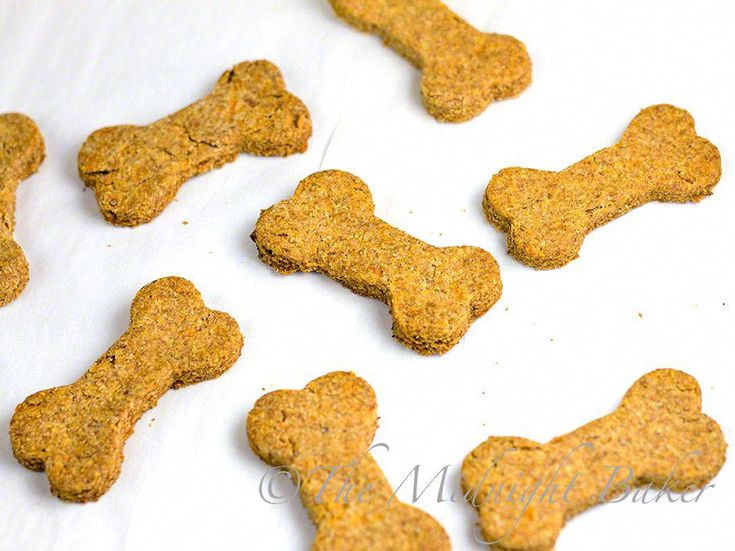 On the label you will definitely find the components included in the mineral-vitamin complex, the amount of proteins, fats, carbohydrates, fiber. And even if some substances were not enough in the feedstock, after taking samples for analysis, the developer will add what is needed to the “dough” of the feed.
On the label you will definitely find the components included in the mineral-vitamin complex, the amount of proteins, fats, carbohydrates, fiber. And even if some substances were not enough in the feedstock, after taking samples for analysis, the developer will add what is needed to the “dough” of the feed.
Data on the needs of dogs are not taken "from the ceiling" and not from the personal experience of the manufacturer, but are correlated with the figures recommended by the competent regulatory organizations - AAFCO, FDA, as well as GOSTs for non-productive animals.
Thirdly, children's meat food most often contains such undesirable components as potato starch, rice or wheat flour. And also, which is rather unpleasant, salt, spices and even dried onions. The proportion of such additives is rarely indicated, and it may happen that when buying a “meat” puree, you will provide your pet with only its likeness, moreover, devoid of the necessary nutrients.
Why is the use of baby food so popular in feeding puppies and dogs? This product really has many advantages: it contains understandable types of meat, is well homogenized and has a delicate texture (which is important for small puppies and dogs with oral problems), is completely ready for use and can be stored at room temperature. An important advantage for some owners is the financial side of the issue: sometimes baby food seems cheaper than high-quality wet dog food, and at the same time it is easy to buy.
Is it possible, taking into account the above-mentioned advantages, to choose an analogue for children's purees among canned food created specifically for dogs? Delicious, complete, healthy in composition, delicate in texture, conveniently packaged and affordable and available in stores? Yes, you certainly may.
What to give instead of baby food?
Let's start with those who receive baby food not from younger family members, but from reverent owners who strive to give their pet the best and safest.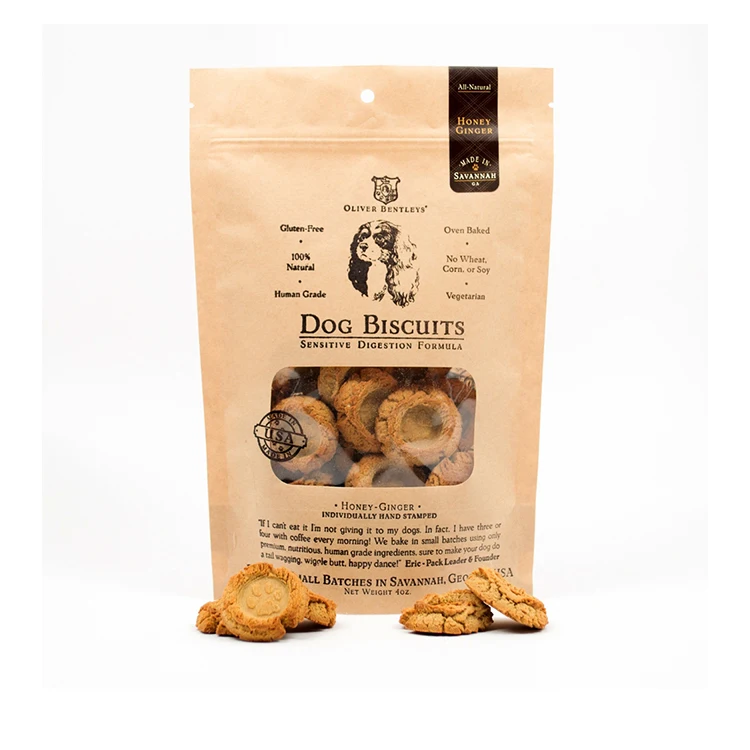
Feeding small puppies
For the first three weeks, mother's milk is the only thing a puppy needs, but then you can start accustoming a kitten to meat food. Not any diet is suitable, but as you understand, the most tender, easily digestible and very nutritious. It is commonly referred to as a "starter", but not all manufacturers make one. We have such a product in our assortment, it is Blitz Sensitive "Turkey with Zucchini" - a starter food for puppies, pregnant and lactating bitches. Packed in 200 g cans with a key. Contains turkey meat, several types of offal, zucchini pulp, milk powder, prebiotics and a vitamin and mineral complex. The product has a high calorie content, so it is advisable to give it up to 4 months, when the puppies are growing rapidly, then it is advisable to switch to other canned food options, for example, with chicken and pumpkin or lamb and turkey.
All Blitz wet foods for dogs and puppies are complete rations with 80% to 98% meat ingredients. By consistency, they are divided into “pieces in sauce” or chopped pates, they are available in different packaging options (85 g, 200 g, 400 g and even 700 g) and are presented in a wide flavor palette - you will definitely choose what suits your pet.
By consistency, they are divided into “pieces in sauce” or chopped pates, they are available in different packaging options (85 g, 200 g, 400 g and even 700 g) and are presented in a wide flavor palette - you will definitely choose what suits your pet.
The current assortment can be viewed on this page of our catalogue. Foods marked "for all breeds and ages" are designed, among other things, for the daily feeding of puppies that have come out of the lactation period.
Canned food for small breeds of dogs
Miniature pets (Chihuahuas, Spitz, Dachshunds, Toy) are also very fond of eating baby food, and in terms of packaging it seems to be intended for them for a single portion. But, despite the external "toy", these are real dogs - brave, tireless, with well-developed muscles and light bones. And they need to eat the same way as other breeds - not purees like "Tyoma", but a balanced diet. Slices of canned Lamb with Salmon, Beef with White Fish or Turkey with Duck soaked in fragrant sauce will please your gourmet much more than baby food, and they will be a hundred times more useful.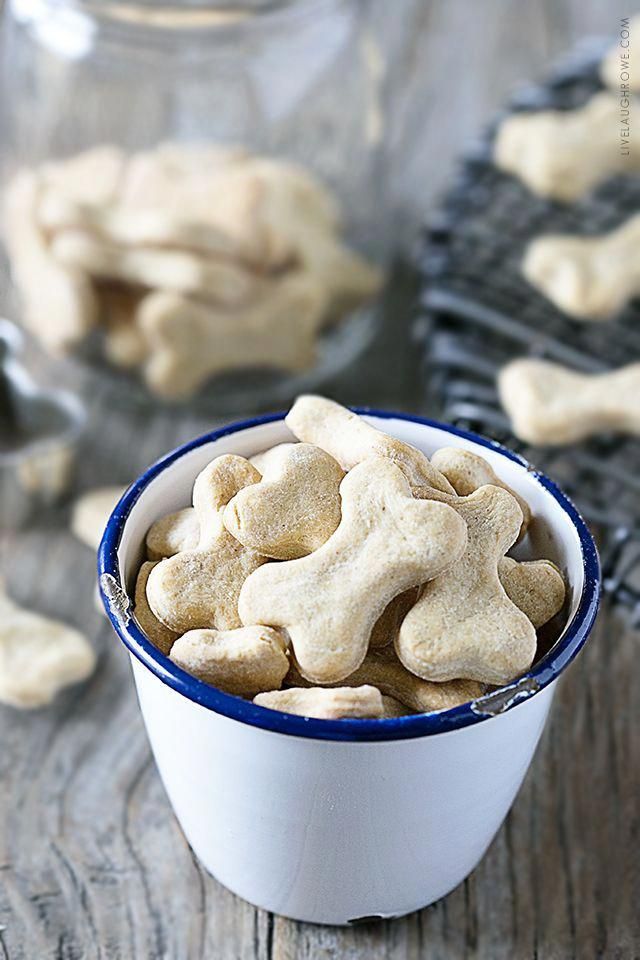
Blitz dog food is produced in Russia using European equipment. They are developed taking into account the recommendations of leading veterinary organizations and regulatory authorities, from high-quality raw materials, without the use of preservatives and dyes.
Nutrition for debilitated dogs
In most cases (except for liver diseases) during the recovery period and in old age, dogs do not need diet food (as we understand it), but easily digestible nutritious food. If your dog was recommended a temporary liquid diet after surgery, or if your pet has oral problems, it is not necessary to opt for baby mashed meats. The correct choice would be to use any of Blitz's complete wet or even dry foods, bringing them to the desired consistency with water. Learn how to properly soak dry food here.
Blitz – available to everyone
Blitz wet food can be found on all major online trading platforms (Ozon, Wildberries, YandexMarket), ordered on the official website of the brand or bought at the pet store of our distributor partners.

 Treats that have an are corn, soy, wheat AND yeast free!
Treats that have an are corn, soy, wheat AND yeast free!  each) either beef or chicken
each) either beef or chicken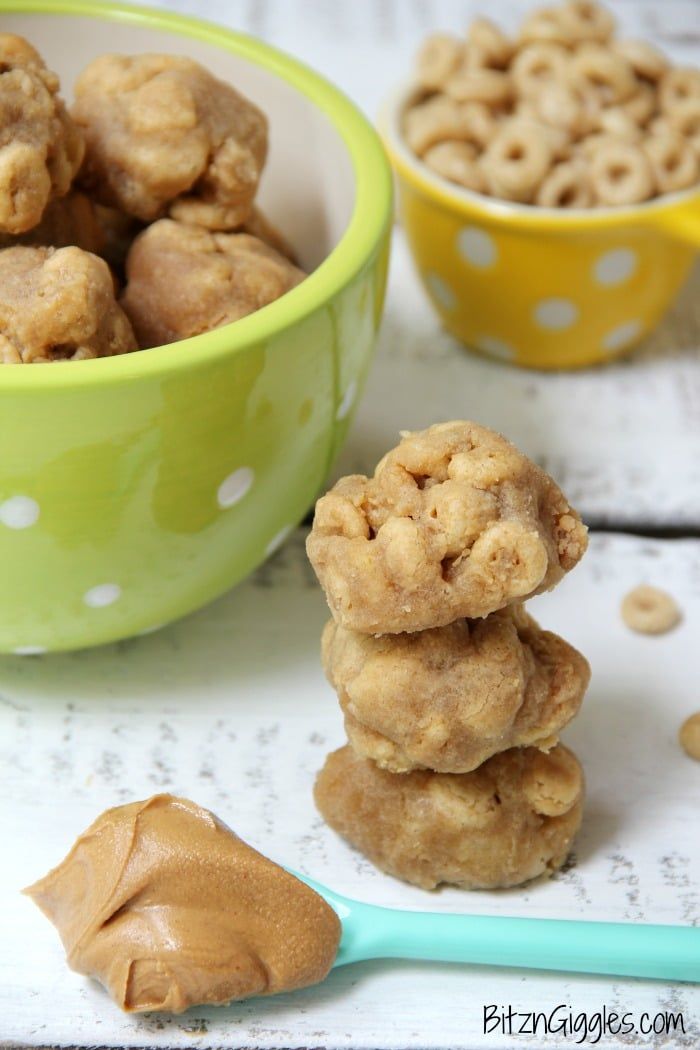 Chill 1 hour. With wet hands, solid. Place in container, store in refrigerator or freezer.
Chill 1 hour. With wet hands, solid. Place in container, store in refrigerator or freezer.  Mix until smooth. Add flour and oats. Roll out on a heavily floured surface and then cut into bars. Bake at 300F for 45 minutes.
Mix until smooth. Add flour and oats. Roll out on a heavily floured surface and then cut into bars. Bake at 300F for 45 minutes.  Put into a lightly greased loaf pan. Bake at 350F for 60 minutes or until done. Serve slices over dry dog food.
Put into a lightly greased loaf pan. Bake at 350F for 60 minutes or until done. Serve slices over dry dog food. 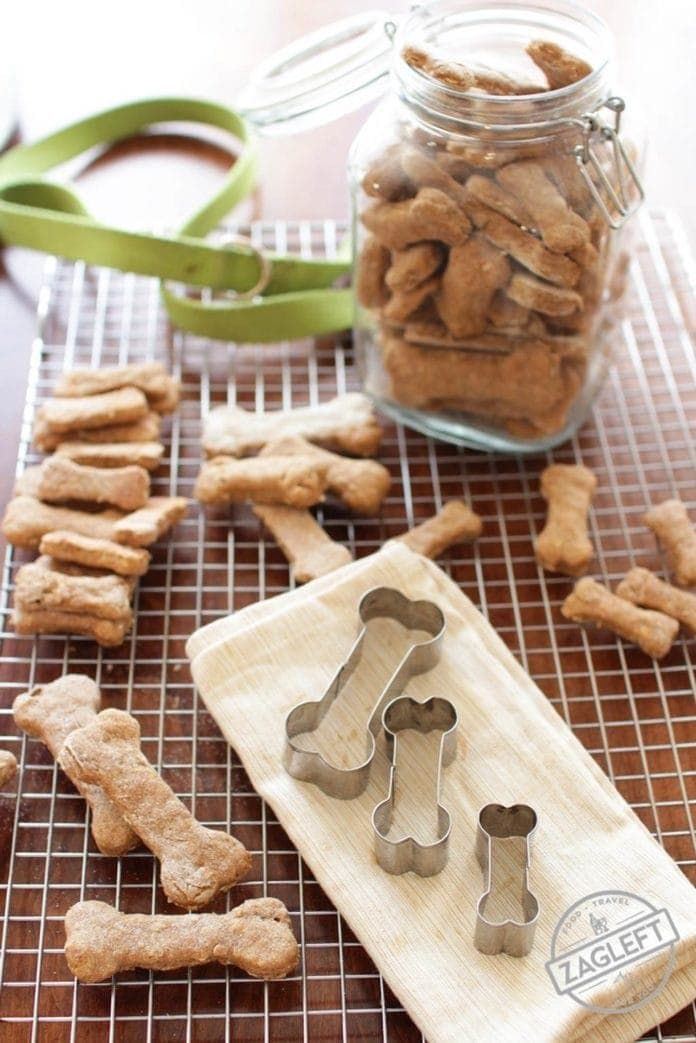 Put in muffin tins and bake for 15 to 20 minutes. These muffins freeze well.
Put in muffin tins and bake for 15 to 20 minutes. These muffins freeze well.  Chicken Icy Paws: use canned chicken instead of tuna. Potassium Boost: Add in a mashed banana.
Chicken Icy Paws: use canned chicken instead of tuna. Potassium Boost: Add in a mashed banana. Microwave on high 4 to 5 minutes, cool, store in refrigerator.
Microwave on high 4 to 5 minutes, cool, store in refrigerator.  Lightly beat egg and add oil. Mix all moist ingredients together except soup. Add to dry ingredients. Form into inch balls. In large pan, bring 1 quart water to boiling to which you have added cup chicken soup or the 2 bouillon cubes. Drop balls into boiling water. Boil for 3 minutes. Remove from water, drain and cool. Refrigerate.
Lightly beat egg and add oil. Mix all moist ingredients together except soup. Add to dry ingredients. Form into inch balls. In large pan, bring 1 quart water to boiling to which you have added cup chicken soup or the 2 bouillon cubes. Drop balls into boiling water. Boil for 3 minutes. Remove from water, drain and cool. Refrigerate.  Cream the cheese with the softened margarine, garlic, salt, and flour. Add enough milk to form into a ball. Chill for hour. Roll onto floured board. Cut into shapes and bake at 375F for 15 minutes or until slightly brown, and firm. Makes 2 to 3 dozen, depending on size.
Cream the cheese with the softened margarine, garlic, salt, and flour. Add enough milk to form into a ball. Chill for hour. Roll onto floured board. Cut into shapes and bake at 375F for 15 minutes or until slightly brown, and firm. Makes 2 to 3 dozen, depending on size. 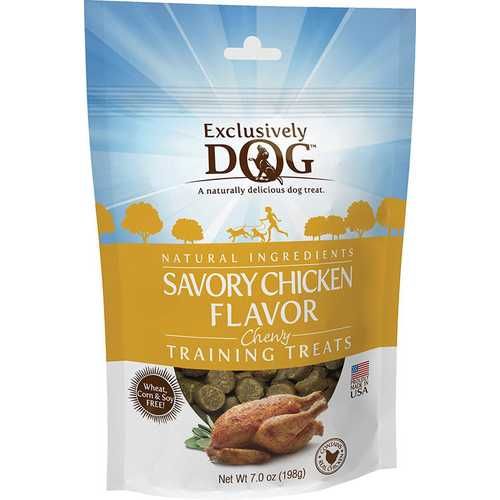 Allow the treats to cool and store in Ziploc bags prior to placing them in the freezer for storage.
Allow the treats to cool and store in Ziploc bags prior to placing them in the freezer for storage. Cut out bone shapes; place on prepared baking sheet. Bake 10 minutes, rotate baking sheet, and baste with remaining 3 tablespoons chicken stock. Bake 10 minutes longer. Turn off oven, leaving oven door closed. Leave pan in oven for 1 hours longer. Makes about 5 dozen bone biscuits
Cut out bone shapes; place on prepared baking sheet. Bake 10 minutes, rotate baking sheet, and baste with remaining 3 tablespoons chicken stock. Bake 10 minutes longer. Turn off oven, leaving oven door closed. Leave pan in oven for 1 hours longer. Makes about 5 dozen bone biscuits Peel frozen portions from waxed paper, place in plastic bag or other container and store in freezer until needed.
Peel frozen portions from waxed paper, place in plastic bag or other container and store in freezer until needed. Preheat oven to 350F. Drop mixture by spoonfuls on cookie sheet and press flat. Bake at 350 for approximately 15 minutes. Keep stored in air tight container. Yield: about 2 dozen cookies.
Preheat oven to 350F. Drop mixture by spoonfuls on cookie sheet and press flat. Bake at 350 for approximately 15 minutes. Keep stored in air tight container. Yield: about 2 dozen cookies. 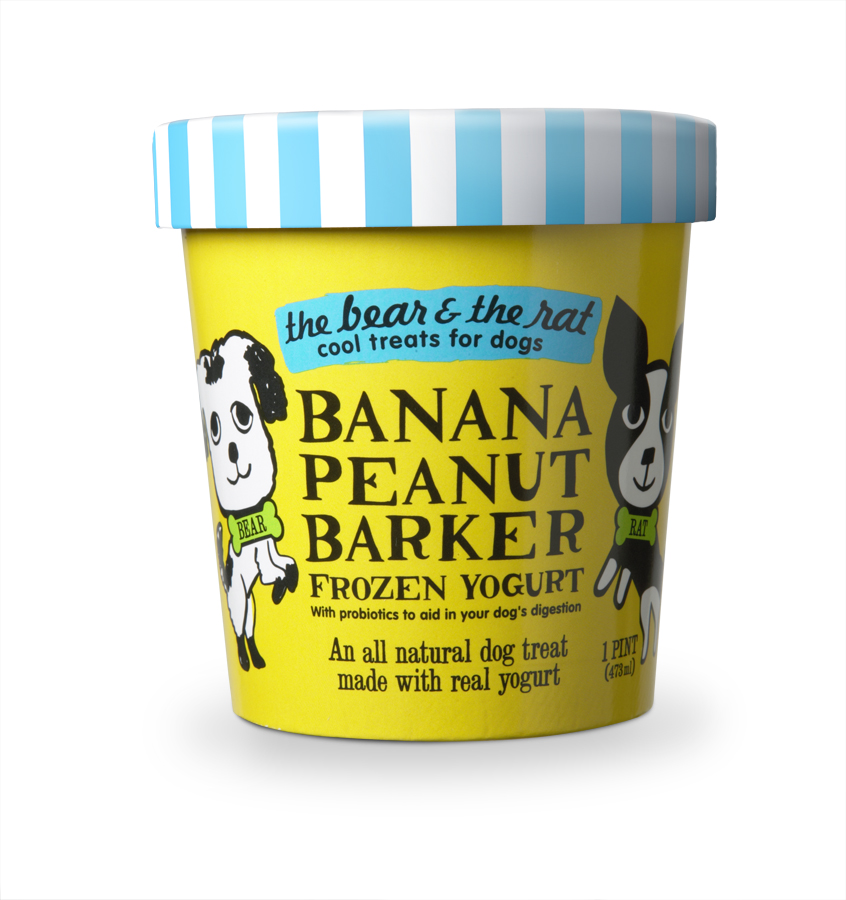 Using a cookie cutter, cut out shapes and put on baking sheet. Gather the scraps and re-roll and cut out more. Bake for 20 to 30 minutes, until biscuits have browned and hardened slightly. Transfer to a rack to cool. Store in airtight container. Makes 12 to 24 biscuits.
Using a cookie cutter, cut out shapes and put on baking sheet. Gather the scraps and re-roll and cut out more. Bake for 20 to 30 minutes, until biscuits have browned and hardened slightly. Transfer to a rack to cool. Store in airtight container. Makes 12 to 24 biscuits.  Combine and turn out on a lightly floured surface. Place a piece of plastic wrap on top of dough then roll out dough to inch thickness. Remove the plastic wrap and score dough into 4 x 3 inch rectangles. Spritz the top of the rectangles with water and sprinkle chopped peanuts over them. Press the chopped peanuts into the dough with the palm of your hand. Bake at 325F for 50 to 60 minutes.
Combine and turn out on a lightly floured surface. Place a piece of plastic wrap on top of dough then roll out dough to inch thickness. Remove the plastic wrap and score dough into 4 x 3 inch rectangles. Spritz the top of the rectangles with water and sprinkle chopped peanuts over them. Press the chopped peanuts into the dough with the palm of your hand. Bake at 325F for 50 to 60 minutes.  Heat, stirring often, until mixture begins to simmer. Remove from heat. Stir in rolled oats and oat bran and let cool until lukewarm or cool enough to work with. Gradually blend in oat flour, adding enough to form a stiff dough.
Heat, stirring often, until mixture begins to simmer. Remove from heat. Stir in rolled oats and oat bran and let cool until lukewarm or cool enough to work with. Gradually blend in oat flour, adding enough to form a stiff dough.  After you finish baking all batches of biscuits, turn off the oven, spread all the biscuits in one baking pan and set them in the oven to cool for a few hours or overnight. The extra time in the oven as it cools off helps make the treats crispier. These make a more delicate crunchy biscuit, so we use them more for special or training treats, not tartar control. Makes several dozen small treats that keep and freeze well.
After you finish baking all batches of biscuits, turn off the oven, spread all the biscuits in one baking pan and set them in the oven to cool for a few hours or overnight. The extra time in the oven as it cools off helps make the treats crispier. These make a more delicate crunchy biscuit, so we use them more for special or training treats, not tartar control. Makes several dozen small treats that keep and freeze well.  Bake at 350F for 25 to 30 minutes. Cut into bars and serve to some very happy puppers. Store in refrigerator.
Bake at 350F for 25 to 30 minutes. Cut into bars and serve to some very happy puppers. Store in refrigerator.